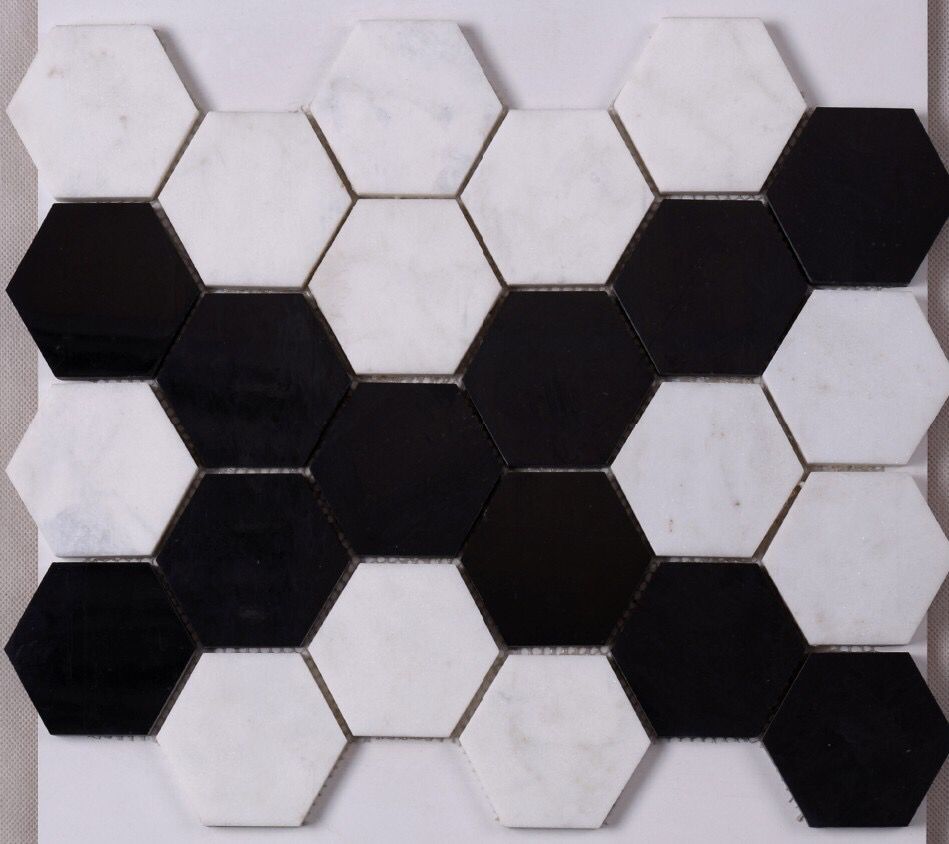
Ancient Chinese carvings of the Tree of Life feature a phoenix and a dragon (that usually represents immortality. Tree of Life themed imagery appears in ancient Chinese mythology in a slightly different manner. There are mentions of mythical trees that were believed to provide healing and immortality, as well. Some examples include divine entities that are guardians of plants and goddess of immortality. In the literature of an early Iranian language, Avestan, there are mentions of several plant themed icons.

This tree was potentially an important religious symbol. The term tree of life has been associated with it in recent times and there is no evidence of the terminology from any ancient Assyrian sources. Garden of Eden Tree mosaic medallion featuring fruits and leaves Assyrian Tree of Life Mosaic – Ancient MesopotamiaĪ tree featuring nodes and intersecting lines appears in Nimrud relief panels. Tree of Life Mosaic in Religion & Mythology One of the common themes surrounding the tree in various cultures and eras is that it connects the physical and spiritual worlds. However, in other mythologies and theologies they are two distinct trees. The Tree of Knowledge (of good and evil) and the Tree of Life are portrayed as the same tree in some religions. Tree of Life handmade mosaic panel display featuring animals and predators. Tree of Life has been mentioned in fiction and folklore and various contexts as well. Immortality, eternal life, interconnectedness, wisdom, harmony, abundance – these are the recurring themes surrounding the tree of life. The context and meaning may differ but there seems to be a universal symbol unifying them all. The Tree of Life concept and symbol has been seen in theologies, mythology and philosophy across different eras and geographical locations. You have probably heard about the Tree of Life mosaic. The purpose of the Mosaic Law raises these questions: “Are you trusting in yourself to keep all the Ten Commandments all the time (which you can’t do)?” OR “Have you made the choice to accept Jesus as your Savior, realizing that He has fulfilled all the commandments all the time for you, even paying your penalty for breaking them?” The choice is yours.What Does the Tree of Life mosaic signify in various religions and eras? By faith in Him, the believer has the very righteousness of Christ imputed to him. When Christ came, He fulfilled the Law and with His death paid the penalty for our breaking it (Galatians 3:24 Romans 10:4). That realization causes us to rely on God’s mercy and grace.

(7) Reveal to humanity that no one can keep the Law but everyone falls short of God’s standard of holiness. (6) Provide God’s direction for the physical and spiritual health of the nation (Exodus 21-23 Deuteronomy 6:4–19 Psalm 119:97–104). (5) Provide a way of worship for the community of faith through the yearly feasts (Leviticus 23). (4) Provide forgiveness through the sacrifice/offerings (Leviticus 1-7) for the people who had faith in the Lord in the nation of Israel. “No one will be declared righteous in God’s sight by the works of the law rather, through the law we become conscious of our sin” (Romans 3:20 cf.

Although the Law was good and holy (Romans 7:12), it did not provide salvation for the nation of Israel. (2) Set apart the nation of Israel as distinct from all the other nations (Exodus 19:5). (1) Reveal the holy character of the eternal God to the nation of Israel (Leviticus 19:2 20:7–8). The purpose of the Mosaic Law was to accomplish the following:

It was made up of three parts: the Ten Commandments, the ordinances, and the worship system, which included the priesthood, the tabernacle, the offerings, and the festivals (Exodus 20-40 Leviticus 1-7 23). The Mosaic Law was given specifically to the nation of Israel (Exodus 19 Leviticus 26:46 Romans 9:4).


 0 kommentar(er)
0 kommentar(er)
